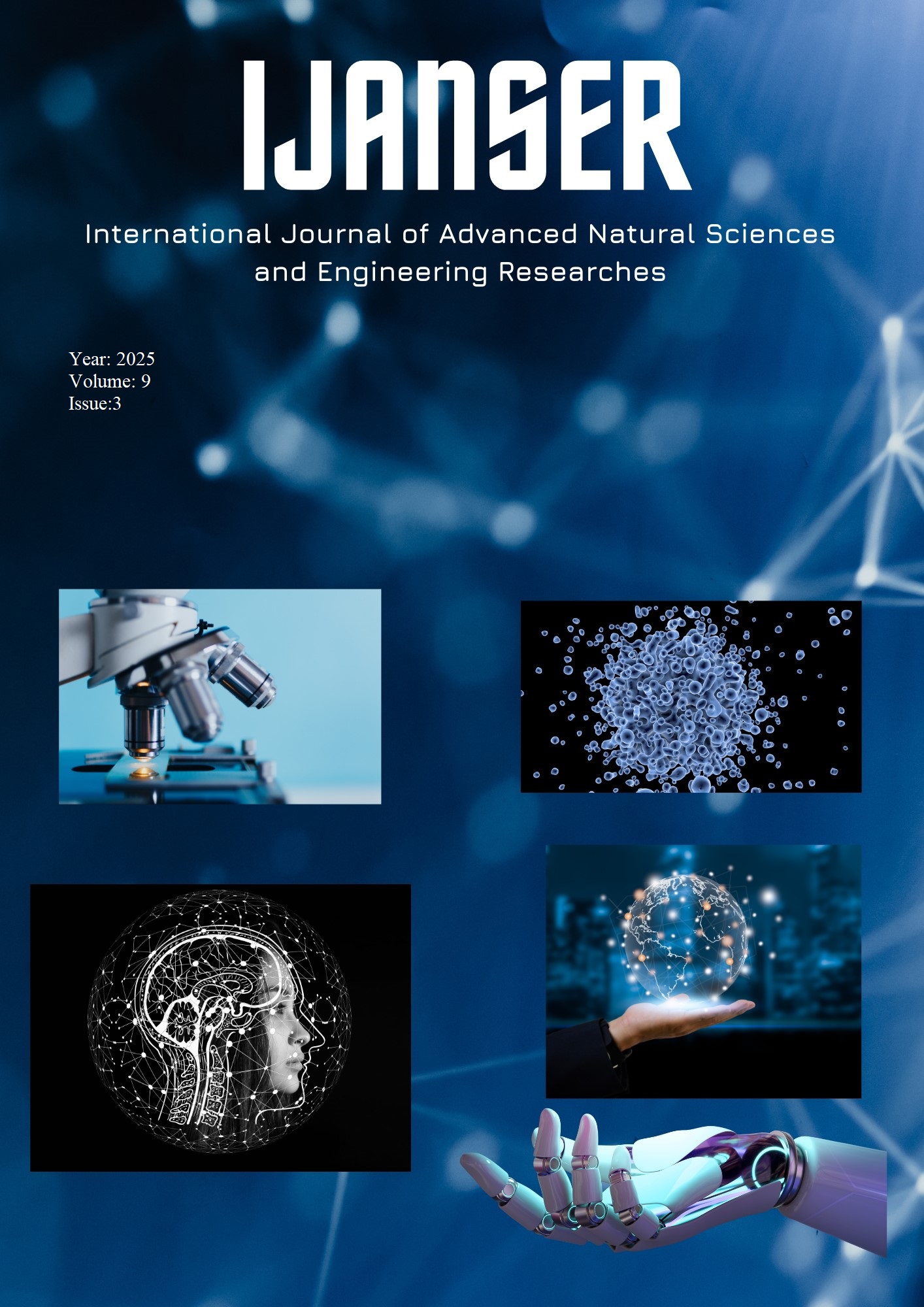A study on Sexual Harassment Detection using Machine Learning Techniques
DOI:
https://doi.org/10.5281/zenodo.15038360Keywords:
Sexual Harassment Detection, Machine Learning, Nlp, Deep Learning, Text Classification, Bert, Lstm, Social Media AnalysisAbstract
Sexual harassment remains a significant societal issue, necessitating efficient and automated
detection systems to aid in prevention and intervention. This study explores the application of machine learning
techniques to detect sexual harassment in textual data, such as social media posts, emails, and workplace
communications. Various Natural Language Processing (NLP) techniques, including word embeddings
(Word2Vec, TF-IDF, BERT) and deep learning models (LSTMs, Transformers, CNNs for text classification),
are employed to identify patterns indicative of harassment. The study also evaluates the performance of
traditional classifiers such as Logistic Regression, Support Vector Machines (SVM), and Random Forests
against deep learning approaches. The dataset is sourced from publicly available forums, legal case records,
and manually annotated text corpora to ensure model robustness.learning has emerged as a powerful tool with
applications across diverse domains, revolutionizing how tasks are performed in fields such as healthcare,
finance, and technology. This study provides an overview of machine learning techniques and explores their
applications in various domains. Beginning with an introduction to machine learning concepts, the study delves
into topics such as data collection, preprocessing, feature engineering, model selection, and evaluation. It
discusses popular machine learning algorithms, including decision trees, neural networks, and support vector
machines, along with their practical implementations. Furthermore, the study examines real-world applications
of machine learning, highlighting its role in predictive analytics, natural language processing, computer vision,
and recommendation systems. By providing insights into both the theoretical foundations and practical
implications of machine learning, this study aims to contribute to a comprehensive understanding of this rapidly
evolving field and its wide-ranging applications.
Downloads
References
(2022). Machine learning: Algorithms, models, and applications.
Ahmed, S. F., Alam, M. S. B., Kabir, M., Afrin, S., Rafa, S. J., Mehjabin, A., & Gandomi, A. H. (2023). Unveiling the frontiers of deep learning: Innovations shaping diverse domains.
Alawneh, M., Al-Ayyoub, M., & Jararweh, Y. (2021). Detecting sexual harassment in textual data using sentiment analysis and machine learning techniques.
Dhannoon, B. N. The Detection of Sexual Harassment and Chat Predators Using Artificial Neural Network. IAES International Journal of Artificial Intelligence (IJ-AI).
Hamzah, A., & Dhannoon, A. (2021). Detection of sexual harassment and chat predators using artificial neural networks.
Heaton, J. (2020). Applications of deep neural networks with Keras.
Karatsalos, K., & Panagiotakis, S. (2019). Detecting harassment types in tweets with a multi-attention-based approach.
Kontostathis, A., Edwards, L., & Leatherman, A. (2010). Text Mining and Cybercrime. Proceedings of the National Conference on Digital Government Research, 51–58.
Liu, S., Li, Y., & Li, H. (2019). Joint extraction and categorization of sexual harassment incidents from personal stories.
Mishra, A., & Mishra, D. (2022). Classifying Sexual Harassment Using Machine Learning. Analytics Vidhya.
Nahar, V., Li, X., & Pang, C. (2013). An Effective Approach for Cyberbullying Detection. Communications in Information Science and Management Engineering, 3(5), 238–247.
Nguyen, T. T., Wilson, C., & Dalins, J. (2023). Fine-Tuning Llama 2 Large Language Models for Detecting Online Sexual Predatory Chats and Abusive Texts.
Rezvan, M., Shekarpour, S., Balasuriya, L., Shalin, V. L., & Sheth, A. P. (2018). A Quality Type-Aware Annotated Corpus and Lexicon for Harassment Research.
Rosa, H., & Pereira, N. (2018). Automatic Detection of Cyberbullying in Social Media Text. Journal of Internet Services and Applications, 9(1), 1–15.
Sen, J., Mehtab, S., Sen, R., Dutta, A., Kherwa, P., Ahmed, S., Berry, P., Khurana, S., Singh, S., Cadotte, D. W. W., Anderson, D. W., Ost, K. J., Akinbo, R. S., Daramola, O. A., & Lainjo, B. Ursachi, O. (2020). Role and Applications of NLP in Cybersecurity. Medium.
Xie, R. (2024). Frontiers of deep learning: From novel application to real-world deployment.





